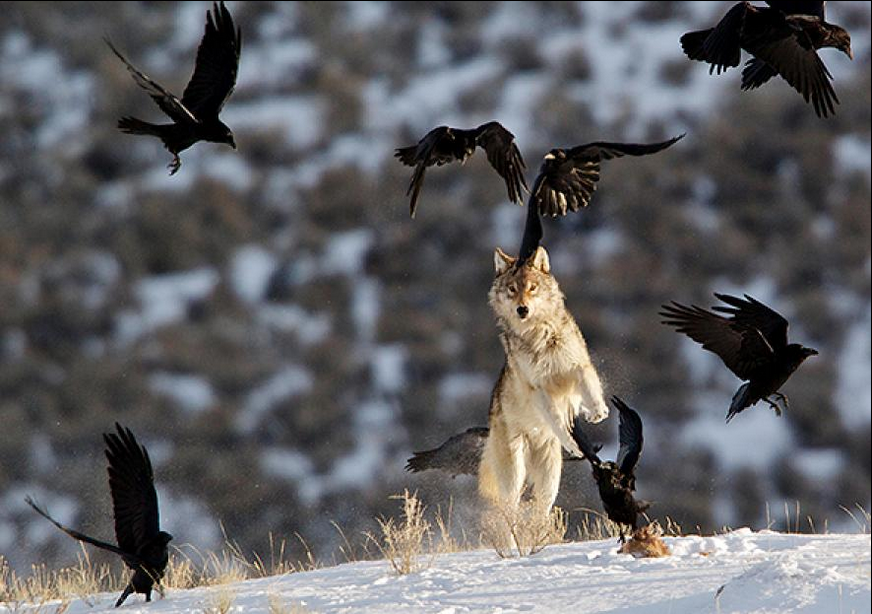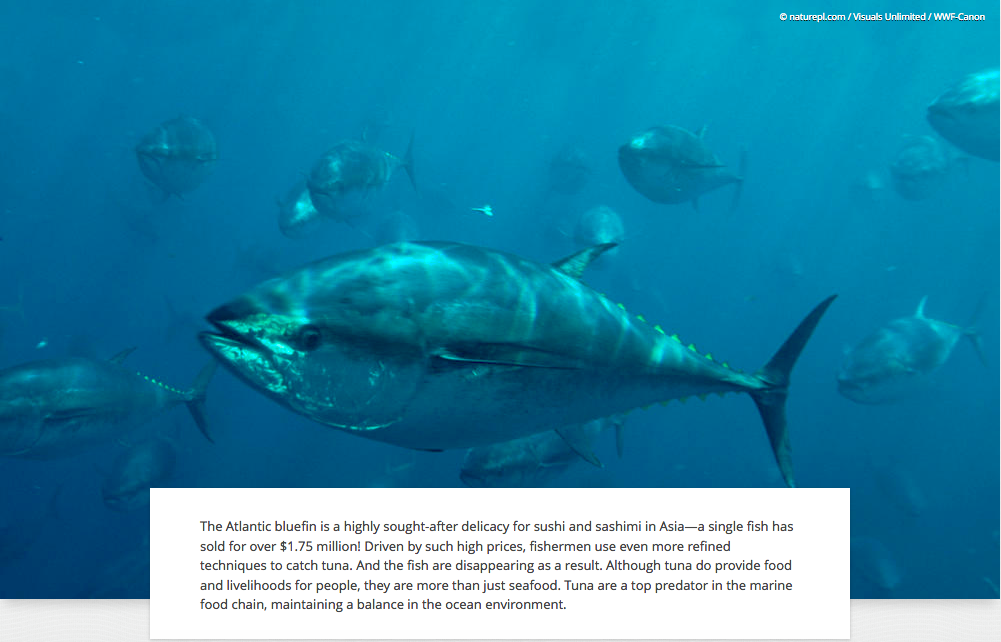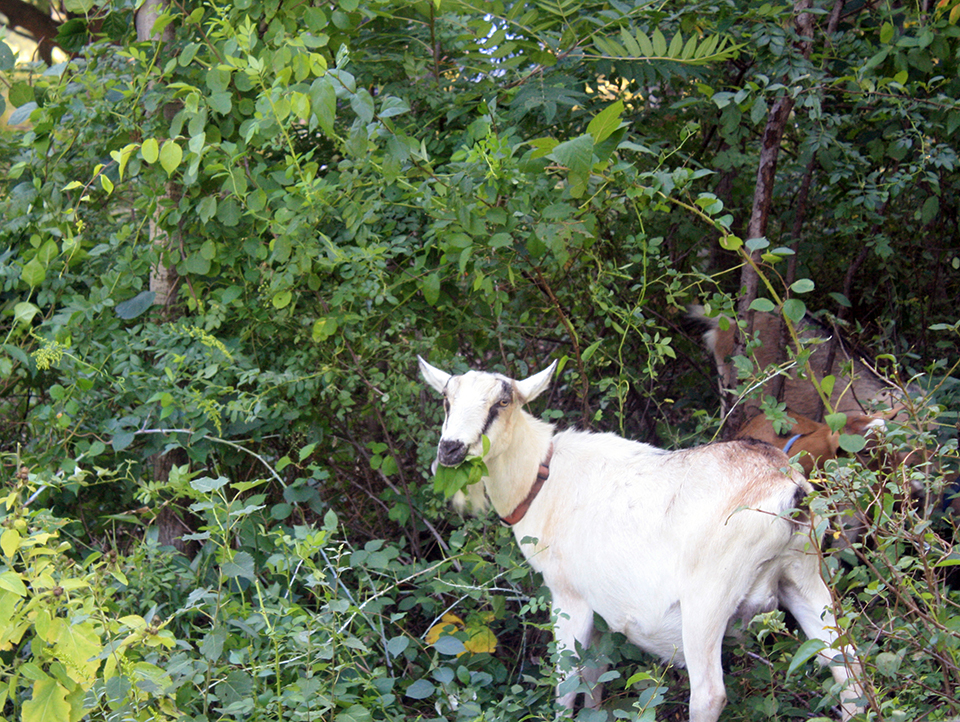Wolves, Biomimicry, and Human Systems
Posted on December 16, 2018In 1995, Yellowstone National Park embarked on a mission to reintroduce the gray wolf to the park’s ecosystem. Wolves had been hunted to the point of extermination in the area, and by the mid 1900s, the effects of their disappearance could be seen throughout the nearly 3,500 square mile park. The elk population exploded, which caused soil erosion from overgrazing and decimated plant populations, which removed a crucial food source for many smaller animals, including beavers, which meant that there were almost no dams being built, which caused the water flow of the river to overtake the roots of many willow trees, etc. Scientist were alarmed by the degradation, and in 1974, the gray wolf was added to the list of the Endangered Species Act. It took another 20 years for Yellowstone biologists to begin the process of reintroducing wolves to the park, but when they did, they saw dramatic results. The removal of an apex predator had thrown the entire ecosystem out of balance, and its reintroduction helped restore that balance. The wolves controlled the elk population, which allowed many more plants to grow, which brought back songbirds and provided lumber for beavers, which meant more dams, which controlled the river flow, which protected the willows. The increase in smaller mammals also meant that other predators such as grizzly bears could thrive.

A gray wolf in Yellowstone National Park. (Photograph by Barrett Hedges, National Geographic Image Collection/Alamy)
However, bringing back wolves could not undo the damage that had been done to the park in their absence. Willows whose roots had rotted could not grow back, and scientists are still divided on how much ecosystems can be balanced and protected by managing the populations of apex predators. They are agreed, though, on the fact that removing apex predators from their ecosystems in the first place is generally not a good idea. The story of the Yellowstone wolves is a fascinating example of how important feedback loops are to a system, and also a potential metaphor for looking at broken or malfunctioning human-made systems that are negatively impacting all species on Earth.
Hawken et al set forth the idea in Natural Capitalism that human-made industrial systems accumulate an excess of waste because they are not governed by feedback loops the way that biological systems are. Zooming out, however, you could argue that the Earth is giving us plenty of feedback in the form of global climate change, species extinction, and the threats of pollution. From a systems point of view, feedback is being generated, but somehow it’s not reaching the human population in a way that effects adjustments to the system(s).
The humans in positions of power to make changes in the global industrial systems have the ability to protect themselves from feeling the effects of a geologically changing Earth. Rising temperatures don’t affect them because they have central air conditioning. Species extinction is happening to other species, not humans. When extinction threatens species that happen to serve as a human food source, like tuna fish, prices go up and those with power can still afford to buy it. If air quality in the cities where powerful humans live dips below an acceptable rate, they buy air filtration systems for their homes. They build water purification systems to deal with polluted freshwater sources. Basically, any feedback that the Earth has generated in response to industrial systems has been innovated away by human invention.
Although I usually argue that humans are not separate from the rest of the world, in this context, I think the solutionist and human-centric design mindset of the past century has created a lot of barriers preventing feedback from reaching the human population, and in a way, isolating humans in a separate world that is temporarily immune to the negative effects of the anthropocene. This is what has allowed broken systems to continue charging forward in the name of “progress,” instead of being balanced out by feedback loops.
Every time we design a new product or service meant to “solve” a human problem created by this huge and complex system, it has the potential to create new problems or exacerbate the system in a reinforcing loop. As knowledge of the environmental catastrophe increases, designers are working to create “environmentally-friendly” solutions, like food containers made of algae instead of plastic, for example. On one hand, it presents as a pretty inarguable improvement in light of our current plastics crisis. But on the other hand, algae is just another piece of our natural capital – what if the amount of algae humans need to continue at our current level of consumption means that we start farming algae at an unprecedented level, causing chemical changes to the ocean environment with unforeseen effects on other marine life?
Hawken advocates for more biomimicry to increase the efficiency of our production processes, reduce waste, and reverse the damage human industry has done to the Earth. But, despite often quoting Donella Meadows, Natural Capital fails to address the narrowness of this approach. It still centers humans, meaning it is inherently exclusive of a lot of actors in the system. Biomimicry simply appropriates knowledge from other life forms and applies it to a human benefit. After all, airplanes were designed after the pattern of birds’ wings, and ironically are now built to withstand the impact of the birds they now collide with and kill in the air.
The Arboretum where I used to work implemented methods of biological control such as using goats to eat invasive plants instead of spraying chemicals or using machinery to pull them up. The goats graze in a way that maintains the integrity of the soil (unlike cattle), they can perfectly digest plants like poison ivy, and they carefully eat around milkweed plants, which happen to be a crucial food source for the endangered monarch butterfly. It seemed like a win-win-win solution. Is this form of biological control fundamentally different from Hawken’s idea of biomimicry? It’s become hard to see when design interventions are actually holding responsibility for their consequences and when they are simply following along the old human-centered solutionist mindset.
What if, instead of reintroducing wolves, Yellowstone officials had decided to control the population of elk by encouraging people to hunt them? Maybe this would have increased the rate of gun ownership and subsequently, gun-related accidents and deaths. Maybe people would have ended up killing other animals by mistake. Maybe it would have a negative effect on another predator and cause some other unknowable consequence. With such a limited view, how can we as humans know if our designs are enforcing an old system or forging a new one? It makes sense to give voice to other life forms that we coexist with and try to design in a less human-centered way, but how do we translate from goat to algae to human?
-MS
Sources:
Paul Hawken et al, Natural Capitalism: Creating the Next Industrial Revolution
Agustin Fuentes, “Becoming Human With Others in the Anthropocene: The Long View”
John Hartigan, “Ethnography of Life Forms”
1995 Reintroduction of Wolves in Yellowstone – yellowstonepark.com

